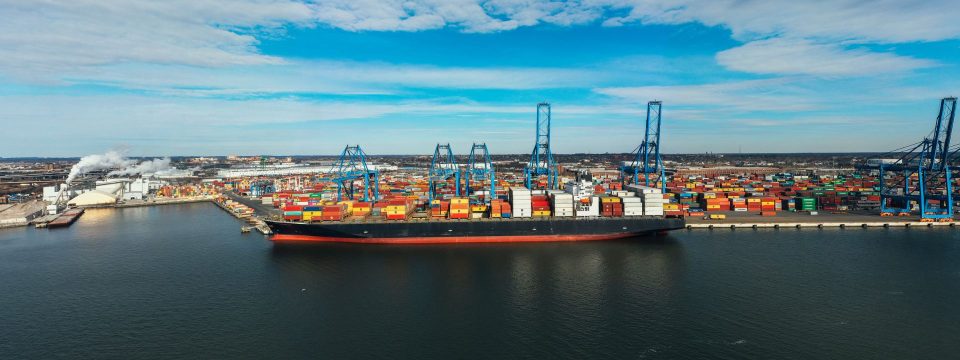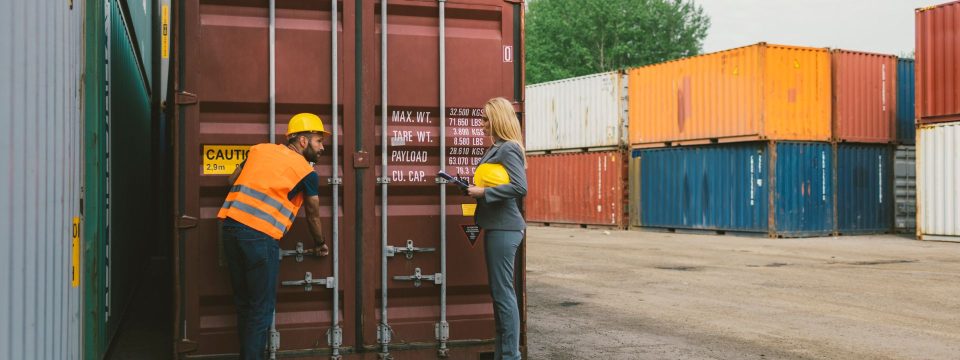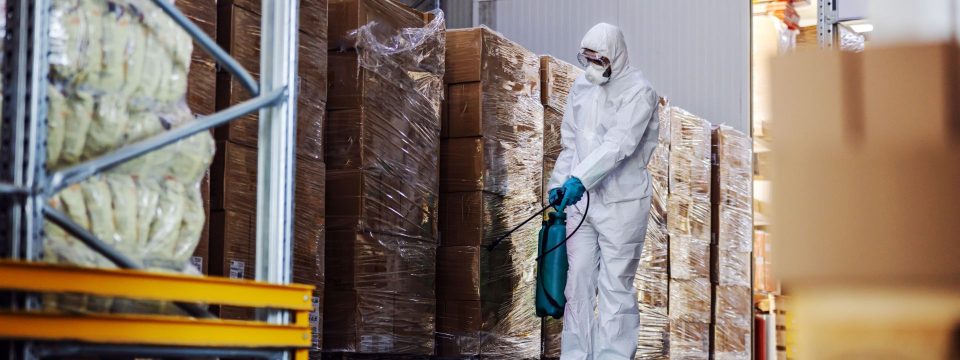Importing Furniture into Australia: The Process Explained [+ Free Guide]
October 28, 2022 Beginners Guides

Importing furniture into Australia can be a little different from importing general cargo. Certain types of furniture represent a biosecurity risk, so they need to undergo treatment. You’ll need to consider what your furniture is made of before ordering your goods, as this will determine the treatment and documentation required.
Below, we’ve put together a straightforward, easy-to-use guide to importing furniture into Australia. We’ll discuss an overview of commodities used to manufacture furniture, the type of documentation you’ll need for import and the best methods for transporting furniture into Australia.
Enforcing rules around importing furniture
The rules that cover importing certain types of furniture are enforced by the Department of Agriculture, Water and the Environment. Imported materials must comply with the import conditions contained in the Department’s Biosecurity Import Conditions (BICON) system.
These conditions may require you to obtain an import permit for certain types of materials and to treat your materials. Treatments may include fumigation, heat treatment, kiln drying, cold storage, or immersing the goods in boiling water.
Should you fail to comply with these import conditions, your goods may be seized, re-exported or even destroyed. To avoid this from the outset, simply search the commodity you’re importing on the BICON database to see what conditions you’ll need to comply with.
Overview of each commodity
Below, we’ll outline the commodities to be aware of when importing furniture into Australia.
Solid Timber
Importing furniture made of solid timber is a biosecurity risk due to the risk of mould, fungi, insect and pest contamination. This sort of infestation can occur while the timber is being stored at a warehouse, in a construction site, in shipping containers and in other diverse environments. Timber absorbs moisture, and subsequently attracts pests.
Plywood
Plywood is material made from thin layers of wood (called “plies”, hence the name). It’s a sheet material put together by combining and gluing together several layers of wood veneer. It can be used to create beautiful furniture, and can even be used in packaging.
Plywood is engineered wood, so it’s not as high risk as solid timber. You’ll need a newly manufactured plywood declaration for import.
Feathers
Importing items containing feathers are allowed into Australia if they are manufactured feather items for personal use, and you can bring up to 10 feather articles as a personal import. But if you’re importing feather articles (like furniture containing feathers) that don’t meet those specifications, you’ll need to properly treat them prior to import.
Feathers are, after all, animal material. They can introduce foreign pathogens affecting both animals and humans. Many different types of viruses and bacteria can survive for long periods of time in animals. Some species are even resistant to certain treatments, so it’s vital that feathered imports are addressed correctly prior to import.
Plant materials
Furniture can be completely or partially made from plants. You’ll often find that dried and treated plant materials are used in a whole range of manufactured goods, including your chairs, sofas and tables. Timber from hardwood or evergreen trees may be used to build your desks and coffee tables. Bamboo may be used to construct your chairs. Cotton plants, wicker and hemp may even be in there too.
But just like with animals, importing foreign plant materials can introduce exotic pests and diseases that may harm the community and the economy. Do your research, get professional advice, apply for an import permit if you need one and make sure you’re across the import conditions if you’re importing furniture made from plants.
Other
Make sure you know all the materials your furniture is made from. Is it partially constructed from aluminium or stainless steel? Fibreglass? Iron?
All these materials have their own import conditions. If you engage a professional freight forwarder, they will be able to do all the research for you and find out exactly what you need to make sure your import goes smoothly.
Types of Documentation Your Furniture May Need
When your furniture is imported, customs authorities will check to see if it is accompanied by the appropriate paperwork. This may include a:
- Fumigation Certificate (also called a pest-control certificate) – this confirms that your wooden packing materials (like pallets or wooden boxes) and your goods made from timber have been fumigated.
- Phytosanitary Certificate – you’ll need this when importing furniture made from plant products. This document originates from your exporting country’s agricultural department and can only be issued by a government department authorised by a National Plant Protection Agency (NPPO).
- New Manufactured Plywood Declaration – this is a declaration produced by a supplier to verify that products were manufactured from new plywood.
- Sustainable Forestry Certification – Furniture must come from legally logged timber. Forest certification demonstrates that your goods comply with sustainable forest management practices. This involves an audit undertaken by an independent third party, assessing the practices of the owner against the relevant standard. The major bodies that certify are the Programme for the Endorsement of Forest Certification (PEFC) schemes and the Forest Stewardship Council (FSC).
- Storage Declaration – Some shipments will require a storage declaration to state that treated goods have been stored to avoid re-infestation of pests.
How should I transport my cargo?
Once you have understood the documentation and fumigation requirements for your commodity, you should consider how to transport your cargo.
1. Are the goods fragile?
If you’re importing a delicate piece of furniture (perhaps a glass cabinet), you’ll want to make sure your packaging is appropriate.
2. Is extra dunnage required to keep the cargo secure?
Dunnage simply refers to loose packaging which can be used to support and protect your product for international shipping.
3. Do you need a white glove service?
You’ll need a white-glove service if your goods require special care and setup. This type of service caters to bespoke requirements for a particular piece of cargo. This can include things like assembling goods, installation and so on.
4. Are your goods packed in a container securely so they will not move in transit?
Ensure your packaging is robust to stop your goods from moving – you don’t want your cargo to arrive at its destination with damage due to movement inside the container.
Have you booked insurance?
If goods are highly valuable, booking insurance is a must to mitigate any losses from damages during transit. Most of the world’s cargo is transported by container shipping, but there’s plenty of risks – theft, improper handling, bad packaging, improper loading and unloading, fire, natural disasters, collision and so on.
You’ll want to ensure you have in place a cargo insurance transit policy that keeps your furniture covered in case the unexpected happens. There are many different types of marine insurance policies, which you can read about here.
Engage a professional freight forwarder
At International Cargo Express, our expert freight forwarders can give you all the guidance you need to import furniture into Australia.
We’ll give you high-quality tailored advice specific to your shipment, do all the research and legwork, handle all documentation, manage your marine insurance, contact your suppliers overseas to ensure your shipment goes smoothly, and ensure customs authorities are happy – all while keeping your cargo safe.
Give us a call today or request a quote.
Request A Quoteor call us on 1300 227 461

We Consult. We Plan. We Deliver.
- CONSULT – We discuss your specific needs.
- PLAN – We develop a bespoke tailored plan that is cost-effective & efficient.
- DELIVER – We manage your shipment and keep you updated from beginning to end.


